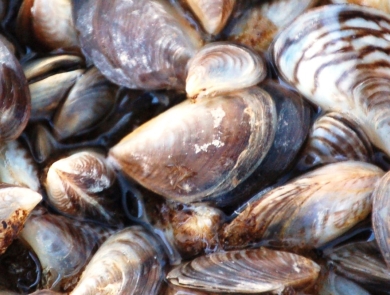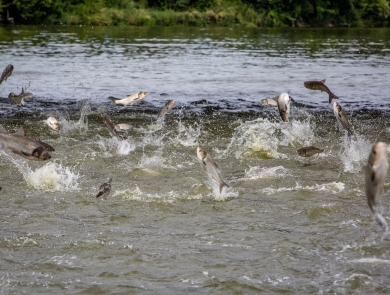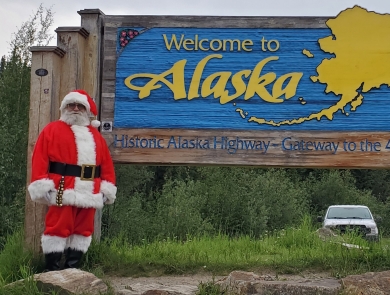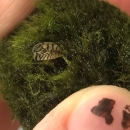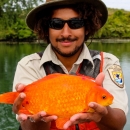What We Do
Our Services
We safeguard waterways and communities from invasive species invasive species
An invasive species is any plant or animal that has spread or been introduced into a new area where they are, or could, cause harm to the environment, economy, or human, animal, or plant health. Their unwelcome presence can destroy ecosystems and cost millions of dollars.
Learn more about invasive species by working with our partners and educating the public. Our regional coordinators work closely with the public and private sector partners and our network of conservation offices to conduct on-the-ground control projects and early detection surveillance and monitoring, and provide technical support. The Service also develops regulations to prohibit the importation and some transport of harmful species known as injurious wildlife and serves as a co-chair to the Aquatic Nuisance Species Task Force.
Our Projects and Initiatives
- Preventing Introductions
- Early Detection Surveillance and Monitoring
- Stopping the Spread
- Suppressing Infestations
- Educating the Public

